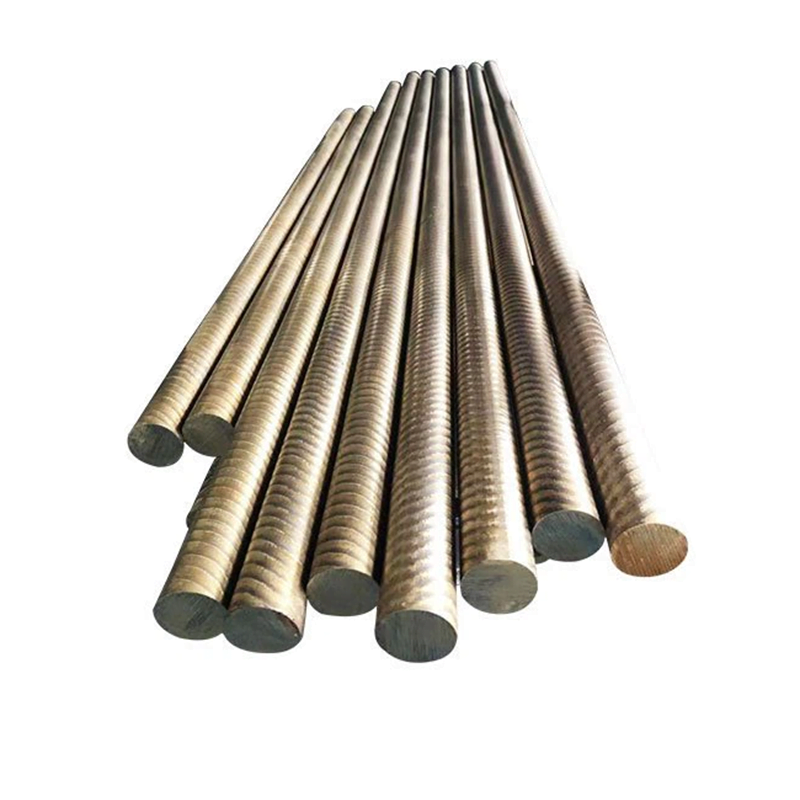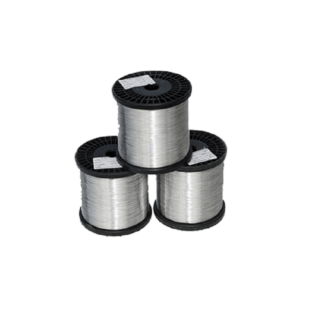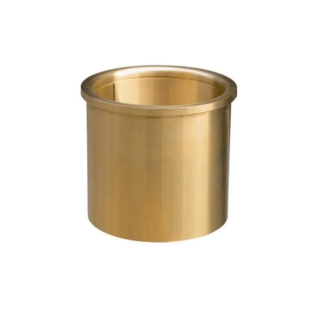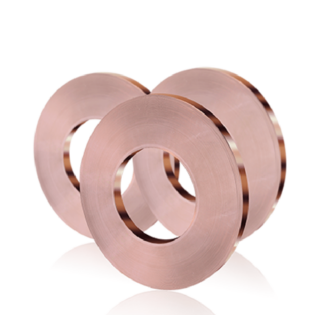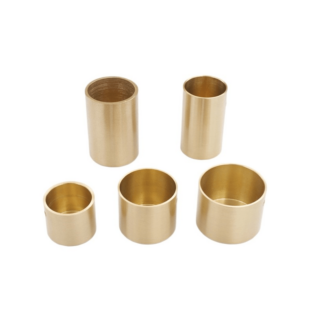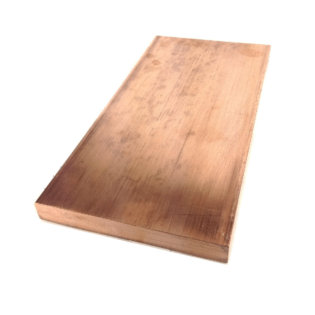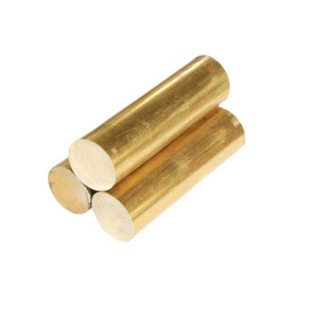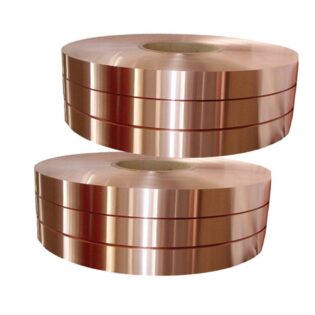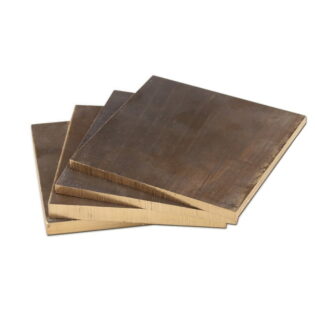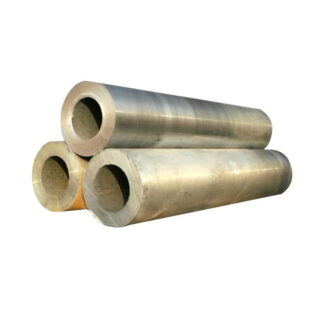C63000 Nickel Aluminum Bronze Product Introduction
- Composition: Cu: 81.0%, Al: 10.0%, Ni: 5.0%, Fe: 3.0%, Mn: 1.0%
- Mechanical Properties: Tensile Strength: 900 MPa, Yield Strength: 550 MPa, Elongation: 15%, Hardness (Rockwell B): 80
- Performance: Excellent corrosion resistance in seawater and acidic environments, with consistent mechanical properties across temperatures.
- Applications: Widely used in marine (propellers, shafts), aerospace (bushings, valves), and industrial sectors (bearings, gears).
- Shapes & Sizes: Available in rods (6 mm to 200 mm diameter), bars, plates (5 mm to 50 mm thickness), and tubes (10 mm to 150 mm OD).
- Production Standards: Conforms to ASTM B150/B150M and SAE J461 standards.
C63000 Nickel Aluminum Bronze Product Introduction
Chemical Composition
| Element | Composition (%) |
|---|---|
| Copper (Cu) | 81.0 |
| Aluminum (Al) | 10.0 |
| Nickel (Ni) | 5.0 |
| Iron (Fe) | 3.0 |
| Manganese (Mn) | 1.0 |
Mechanical Properties
| Property | Value |
|---|---|
| Tensile Strength | 900 MPa (130 ksi) |
| Yield Strength (0.2% offset) | 550 MPa (80 ksi) |
| Elongation | 15% |
| Hardness (Rockwell B) | 80 |
Performance at Different Temperatures
C63000 Nickel Aluminum Bronze exhibits good mechanical properties across a range of temperatures, suitable for applications in both high and low temperature environments.
Industry Applications
C63000 Nickel Aluminum Bronze is widely used in:
- Marine applications: propellers, shafts, fittings.
- Aerospace: landing gear bushings, valve components.
- Industrial machinery: bearings, gears, bushings.
- Chemical processing equipment.
Shape and Size
C63000 Nickel Aluminum Bronze is available in various shapes and sizes, including:
- Rods: Diameter ranging from 6 mm to 200 mm.
- Bars: Square and round bars of various dimensions.
- Plates: Thickness ranging from 5 mm to 50 mm.
- Tubes: OD ranging from 10 mm to 150 mm.
Production Standards
C63000 Nickel Aluminum Bronze conforms to international standards such as:
- ASTM B150/B150M: Standard specification for aluminum bronze rod, bar, and shapes.
- SAE J461: Wrought and cast copper alloys.
Standards and Corresponding Grades
| Country/Region | Standards | Corresponding Grades |
|---|---|---|
| USA | ASTM B150/B150M | C63000 |
| Europe | BS EN 12163, BS EN 12420 | CuAl10Ni5Fe4 |
| Japan | JIS H3250 | C6300 |
Welding, Processing, Polishing
C63000 Nickel Aluminum Bronze can be welded using various methods such as gas tungsten arc welding (GTAW) and gas metal arc welding (GMAW). It is also suitable for machining, polishing, and can be heat treated to improve its mechanical properties.
Heat Treatment and Cold Processing
C63000 Nickel Aluminum Bronze can be heat treated to improve its strength and hardness. Cold processing methods such as cold rolling and cold drawing can enhance its mechanical properties.
Advantages and Disadvantages
| Advantages | Disadvantages |
|---|---|
| High strength and toughness | Higher cost compared to other bronze alloys |
| Excellent corrosion resistance | Limited availability in some regions |
| Good wear resistance | Requires expertise for welding and processing |
| Suitable for various temperatures and environments |
Similar Products and Comparison
| Alloy Type/Property | C63000 Nickel Aluminum Bronze | C95400 Aluminum Bronze | C62300 Aluminum Bronze |
|---|---|---|---|
| Composition (%) | Cu: 81.0, Al: 10.0, Ni: 5.0 | Cu: 85.0, Al: 11.0 | Cu: 88.0, Al: 10.0 |
| Tensile Strength (MPa) | 900 | 500 | 600 |
| Yield Strength (MPa) | 550 | 200 | 250 |
| Applications | Marine, aerospace, industrial | Bearings, gears, bushings | Valves, fittings |
Conclusion
C63000 Nickel Aluminum Bronze is a versatile alloy known for its exceptional mechanical properties, corrosion resistance, and suitability for various industrial applications. Its composition and performance make it a preferred choice in marine environments, aerospace, and industrial machinery where strength, durability, and resistance to wear are critical factors.

